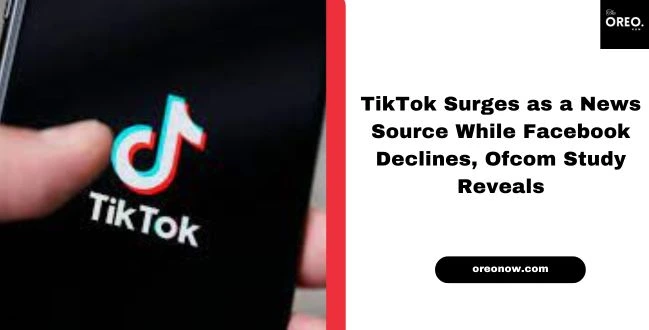Apple and Samsung Working on Truly Bezels-Less OLED for Future iPhones
Apple and Samsung Display are reportedly working on a new type of OLED panel that would allow for a truly bezel-less iPhone. The panel would use a technology called under-panel camera (UPC), which would allow the camera and other sensors to be placed beneath the display. This would eliminate the need for a notch or hole-punch cutout in the display, resulting in a truly bezel-less design.
Samsung Display is targeting mass production of the UPC panel for 2024. This means that see a truly bezel-less iPhone as early as that year. However, it is also possible that Apple may wait a few more years before releasing an iPhone with this type of display.
The development of a truly bezel-less OLED for future iPhones is significant. It is a sign that Apple is continuing to push the boundaries of smartphone design. A truly bezel-less iPhone would have several advantages. It would be more visually appealing, and it would give users more screen real estate. However, there are also some potential drawbacks.
For example, the UPC technology is still in its early stages, so it is not yet clear how well it will work. Additionally, a truly bezel-less iPhone would be more expensive to produce.
Overall, the development of a truly bezel-less OLED for future iPhones is a positive development. It is a sign that Apple is committed to innovation, and it could lead to the creation of even more immersive and user-friendly iPhones in the future.
Here are some additional details about the development of a truly bezel-less OLED for future iPhones:
- The UPC technology is still in its early stages, but it is effective in prototypes.
- Samsung Display is the leading manufacturer of OLED panels for smartphones, and they will likely be the primary supplier of UPC panels for future iPhones.
- Apple is reportedly targeting the high-end iPhone models for the first implementation of UPC technology.
- A truly bezel-less iPhone would be more expensive to produce than a traditional iPhone, but the cost is expected to come down as the technology matures.
It will be interesting to see how Apple implements UPC technology in future iPhones. If they can successfully integrate it into their devices, it would be a major design breakthrough. It would allow Apple to create iPhones with even more screen real estate and a more seamless overall look.
Does Samsung make OLED screens for Apple?
Samsung is one of the primary suppliers of OLED screens for Apple. Samsung Display has been a major supplier of OLED displays for the iPhone ever since Apple switched to OLED panels in 2017. In 2022, Samsung Display is expected to supply over 70% of the OLED display panels for the iPhone 14 series.
Other suppliers of OLED screens for Apple include LG Display and BOE. However, Samsung Display is the leading supplier, and it is likely to remain so for the foreseeable future.
The reason why Samsung is such a major supplier of OLED screens for Apple is because they have the best technology. Samsung Display is the world’s leading manufacturer of OLED panels, and they have a long history of producing high-quality displays.
In addition to the iPhone, Samsung Display also supplies OLED screens for other Apple products, such as the Apple Watch and the iPad Pro. As OLED technology continues to develop, Samsung Display will likely continue to be a major supplier of OLED screens for Apple.
Does the iPhone use Samsung OLED?
iPhones use Samsung OLED. Samsung Display is the leading supplier of OLED displays for the iPhone. In 2022, Samsung Display is expected to supply over 70% of the OLED display panels for the iPhone 14 series.
Other suppliers of OLED screens for Apple include LG Display and BOE. However, Samsung Display is the leading supplier, and it is likely to remain so for the foreseeable future.
The reason why Samsung is such a major supplier of OLED screens for Apple is because they have the best technology. Samsung Display is the world’s leading manufacturer of OLED panels, and they have a long history of producing high-quality displays.
In addition to the iPhone, Samsung Display also supplies OLED screens for other Apple products, such as the Apple Watch and the iPad Pro. As OLED technology continues to develop, Samsung Display will likely continue to be a major supplier of OLED screens for Apple.
Here are some of the benefits of using Samsung OLED screens in iPhones:
- Sharper images: OLED screens offer much sharper images than traditional LCD screens. This is because OLED pixels can be turned on or off individually, which allows for deeper blacks and more vibrant colors.
- Wider viewing angles: OLED screens also have wider viewing angles than traditional LCD screens. This means that you can still see a sharp image even if you’re not looking at the screen straight on.
- Faster response times: OLED screens also have faster response times than traditional LCD screens. This means that they’re better for gaming and other applications where a fast response time is important.
Overall, Samsung OLED screens are a great choice for iPhones. They offer sharper images, wider viewing angles, and faster response times than traditional LCD screens.
Must Read: “Samsung & Warner Bros. Unveil 8KMovie Trailers on Neo QLED TVs”




2 Comments